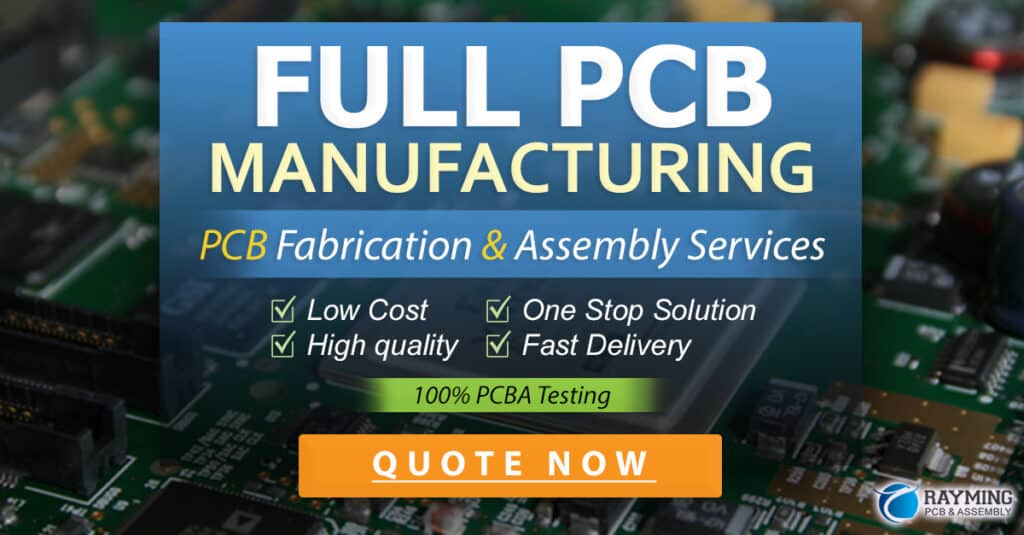Introduction to PCB Component Assembly Faults
Printed Circuit Board (PCB) assembly is a complex process that involves the placement and soldering of various electronic components onto a circuit board. During this process, several faults can occur, leading to defects in the final product. Two common faults that can happen during PCB assembly are tombstoning and resurrection.
What is Tombstoning?
Tombstoning, also known as the Manhattan effect or the Stonehenge effect, is a defect that occurs when a surface-mounted component (SMC) stands up on one end during the soldering process. This fault is named after the visual similarity to a tombstone standing upright. Tombstoning can cause poor electrical connections, short circuits, or even complete failure of the PCB.
Causes of Tombstoning
Several factors can contribute to the occurrence of tombstoning during PCB assembly:
- Uneven heating: If one end of the component heats up faster than the other, it can cause the component to stand up on the cooler end.
- Improper solder paste application: Inconsistent or insufficient solder paste can lead to uneven surface tension, causing the component to lift.
- Component misalignment: Misaligned components can result in uneven contact with the solder paste, leading to tombstoning.
- Incorrect component selection: Using components with unequal lead lengths or incompatible thermal mass can increase the risk of tombstoning.
Understanding the Mechanics of Tombstoning
To prevent tombstoning, it is essential to understand the mechanics behind this defect. Tombstoning occurs due to an imbalance in the surface tension forces acting on the component during the soldering process.
Surface Tension and Its Role in Tombstoning
Surface tension is the force that causes a liquid, such as molten solder, to minimize its surface area. In the context of PCB assembly, surface tension plays a crucial role in holding the component in place during the soldering process. However, when there is an imbalance in the surface tension forces acting on the component, it can cause the component to lift or stand up on one end, resulting in tombstoning.
Factors Affecting Surface Tension
Several factors can influence the surface tension forces during the soldering process:
- Solder paste composition: The type and quality of the solder paste can affect its surface tension properties.
- Soldering temperature: Higher temperatures can reduce the surface tension of the molten solder, increasing the risk of tombstoning.
- Soldering time: Insufficient or excessive soldering time can lead to uneven heating and surface tension imbalances.
- PCB pad design: The size, shape, and spacing of the PCB pads can influence the surface tension forces acting on the component.

Preventing Tombstoning in PCB Assembly
To minimize the occurrence of tombstoning, several preventive measures can be implemented during the PCB assembly process:
Proper Solder Paste Application
Ensuring consistent and adequate solder paste application is crucial in preventing tombstoning. The solder paste should be applied evenly on the PCB pads, with the right amount and thickness. Using a stencil with the appropriate aperture size and implementing a regular stencil cleaning process can help achieve uniform solder paste application.
Component Placement Accuracy
Accurate component placement is essential to prevent tombstoning. Misaligned components can result in uneven contact with the solder paste, leading to surface tension imbalances. Implementing a robust pick-and-place system with vision inspection capabilities can help ensure precise component placement.
Optimizing Reflow Profile
The reflow soldering profile plays a significant role in preventing tombstoning. The temperature ramp rate, peak temperature, and time above liquidus should be optimized based on the solder paste and component specifications. A well-designed reflow profile ensures even heating and minimizes the risk of surface tension imbalances.
| Parameter | Recommendation |
|---|---|
| Temperature Ramp Rate | 2-3°C/second |
| Peak Temperature | 230-250°C (depending on solder paste) |
| Time Above Liquidus | 60-90 seconds |
Selecting Compatible Components
Choosing components with compatible thermal mass and lead lengths can help reduce the risk of tombstoning. Components with unequal lead lengths or significantly different thermal mass can experience uneven heating, leading to surface tension imbalances. Working closely with component suppliers and following their recommendations can help ensure compatibility.

Resurrection: Recovering from Tombstoning
Despite preventive measures, tombstoning can still occur during PCB assembly. In such cases, a process called resurrection can be employed to recover the affected components and restore the PCB’s functionality.
Manual Resurrection Techniques
Manual resurrection involves using soldering tools, such as a soldering iron or hot air rework station, to reposition the tombstoned component and re-solder it onto the PCB pads. The following steps can be followed for manual resurrection:
- Preheat the PCB to a temperature slightly below the solder’s melting point.
- Use a fine-tipped soldering iron or hot air nozzle to apply heat to the tombstoned component and the surrounding solder.
- Gently push down on the component to restore its contact with the PCB pads.
- Apply additional solder, if necessary, to ensure a strong and reliable connection.
- Clean the area to remove any excess solder or flux residue.
Automated Resurrection Systems
For high-volume PCB assembly, automated resurrection systems can be employed to streamline the process and ensure consistency. These systems use vision inspection to identify tombstoned components and automatically reposition them using robotic arms equipped with soldering tools. Automated resurrection systems offer several advantages:
- Increased efficiency and throughput
- Consistent and repeatable results
- Reduced human error and operator fatigue
- Ability to handle small and delicate components

Frequently Asked Questions (FAQ)
-
What is the difference between tombstoning and drawbridging?
Tombstoning occurs when a component stands up on one end, while drawbridging happens when a component lifts off the PCB pads at both ends, forming a bridge-like shape. -
Can tombstoning be completely eliminated in PCB assembly?
While it is possible to minimize the occurrence of tombstoning through proper process control and component selection, it is difficult to eliminate it entirely. Some level of tombstoning may still occur due to inherent variations in the assembly process. -
How does the PCB pad design affect tombstoning?
The size, shape, and spacing of the PCB pads can influence the surface tension forces acting on the component during soldering. Properly designed pads with adequate size and spacing can help balance the surface tension forces and reduce the risk of tombstoning. -
What role does the solder paste play in preventing tombstoning?
The solder paste composition and its application can significantly impact the occurrence of tombstoning. Using a high-quality solder paste with the appropriate particle size and flux activity, along with consistent and even application, can help minimize the risk of tombstoning. -
Is it possible to automate the resurrection process for tombstoned components?
Yes, automated resurrection systems are available for high-volume PCB assembly. These systems use vision inspection and robotic arms equipped with soldering tools to automatically identify and reposition tombstoned components, ensuring consistency and efficiency in the resurrection process.
Conclusion
Tombstoning is a common defect that can occur during PCB assembly, leading to poor electrical connections and potential failure of the PCB. Understanding the mechanics behind tombstoning and implementing preventive measures, such as proper solder paste application, accurate component placement, and optimized reflow profiles, can help minimize its occurrence. In cases where tombstoning does occur, resurrection techniques, either manual or automated, can be employed to recover the affected components and restore the PCB’s functionality. By addressing tombstoning and implementing effective resurrection processes, manufacturers can improve the quality and reliability of their PCB assemblies.

No responses yet